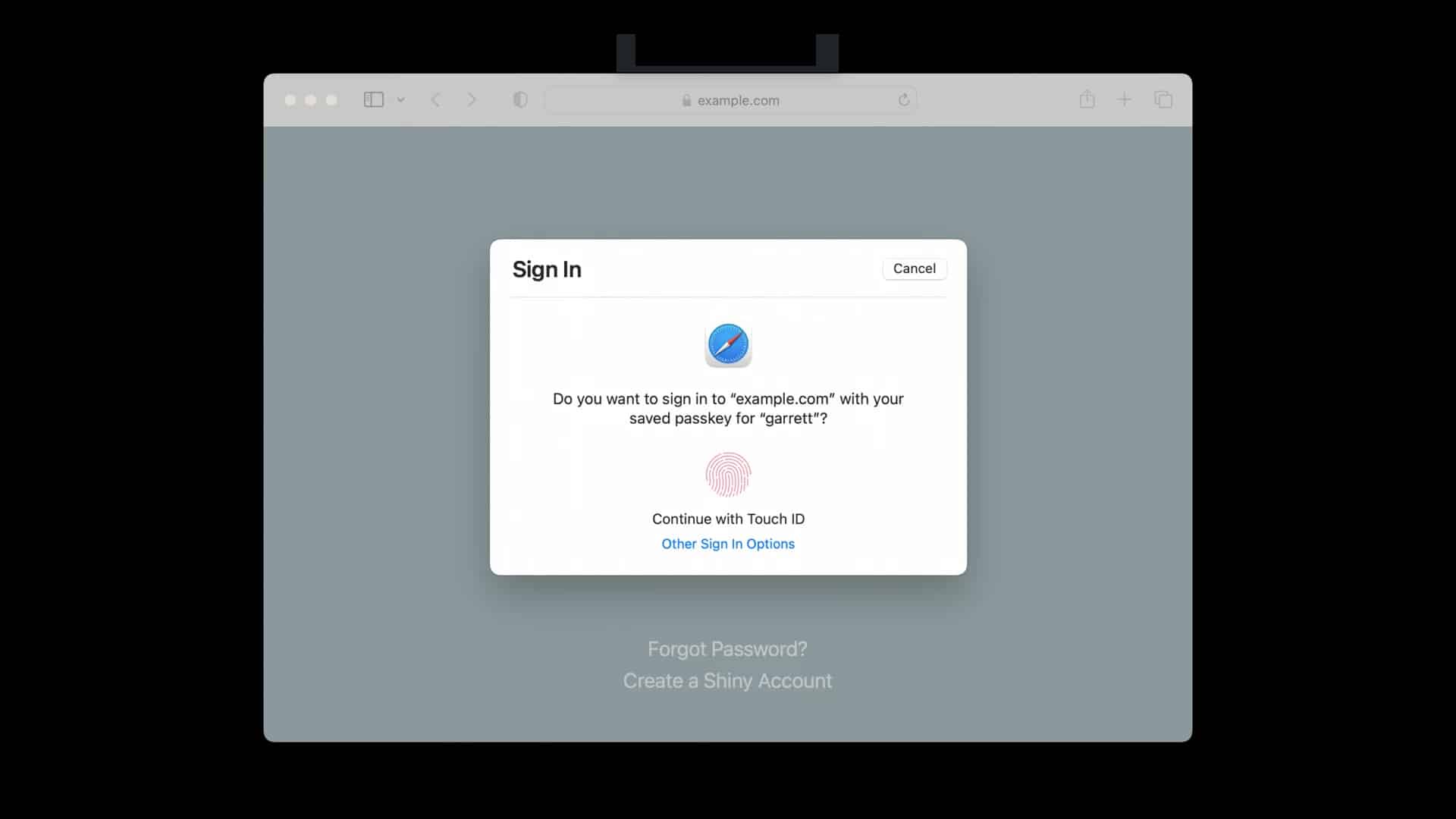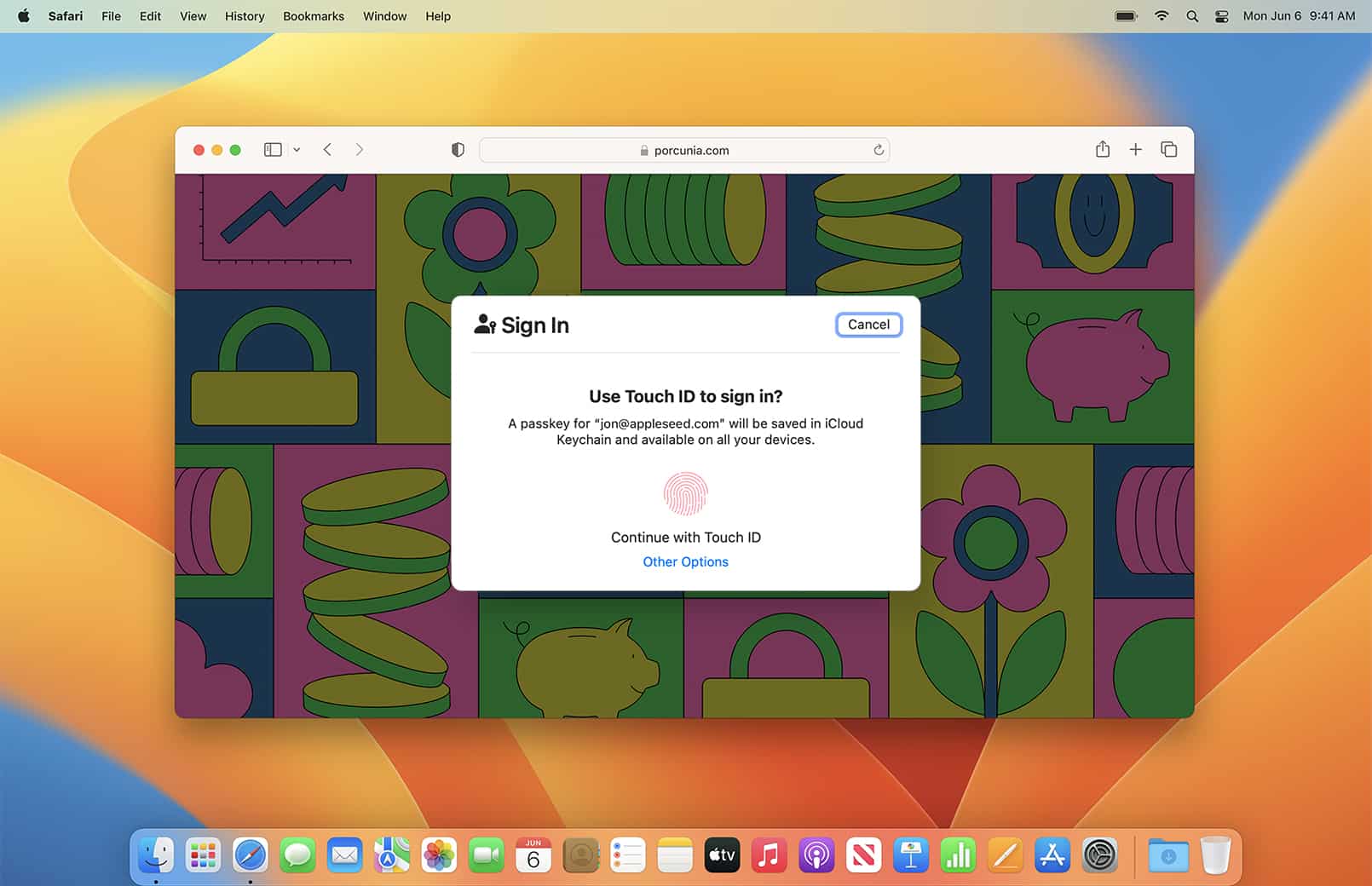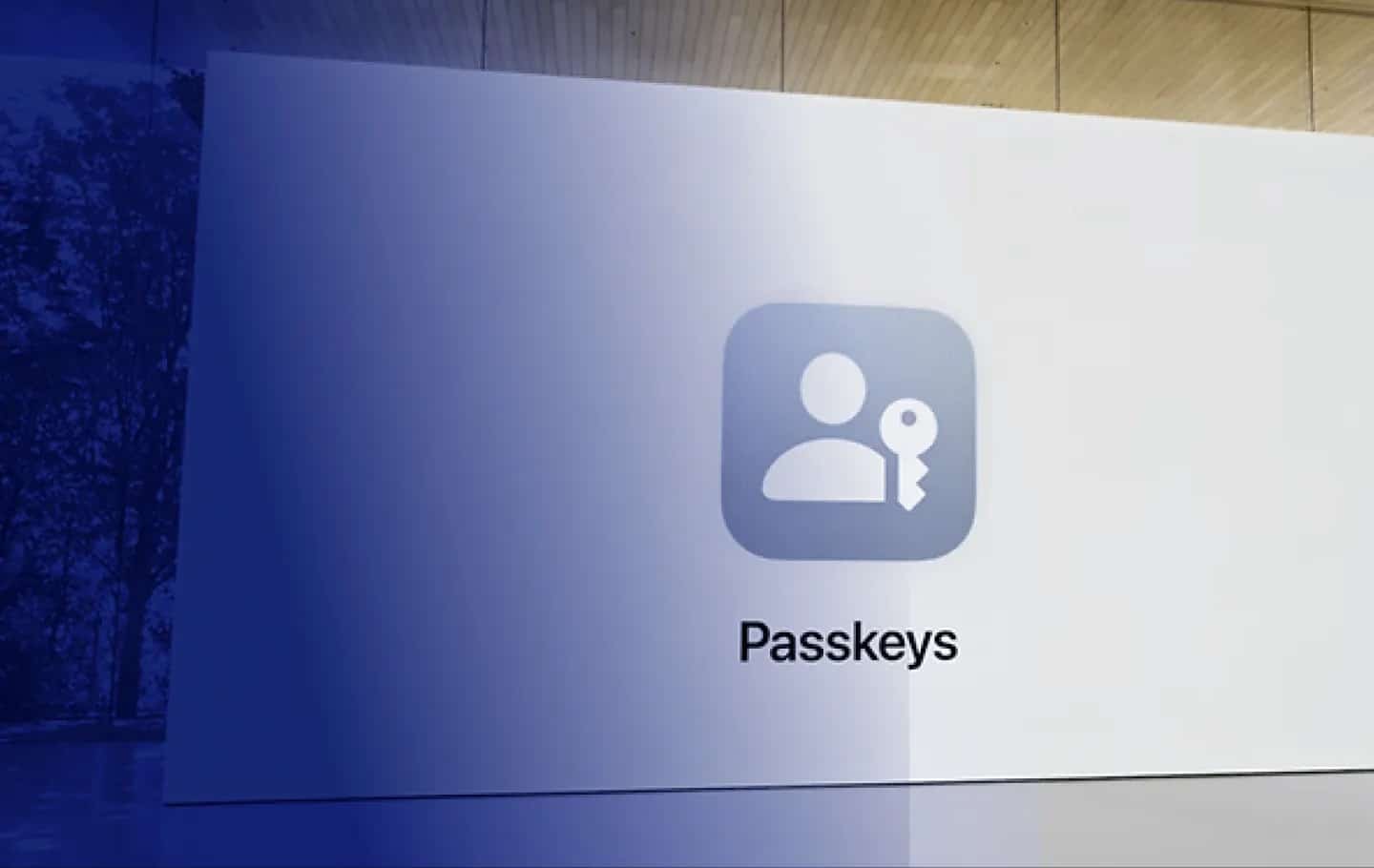This development comes as part of a growing trend across tech platforms to adopt passkey technology, a move initially spearheaded by Apple and now embraced by other major players like Google, PayPal, Microsoft, and TikTok. Here’s a deep dive into what this means for users, the technology behind it, and the potential implications.
The Evolution of Passkeys
Apple first introduced passkeys with iOS 16, marking a significant shift in how users access their accounts. Unlike traditional passwords, passkeys are designed to offer a seamless and highly secure authentication experience.
How Passkeys Work
Passkeys replace passwords with public-private key cryptography:
- The private key is stored securely on the user’s device and is never shared.
- The public key is stored on the service (in this case, WeChat) to verify the user’s identity.
When a user attempts to log in, WeChat asks their device for the private key. Authentication is completed locally using biometric data (like Face ID or Touch ID) or the device’s passcode. This method eliminates vulnerabilities associated with passwords, such as phishing attacks, credential stuffing, and brute-force hacking.
Advantages Over Passwords
Traditional passwords come with inherent risks:
- Weak Passwords: Many users create easy-to-guess passwords, increasing the risk of hacks.
- Reuse Across Platforms: Using the same password for multiple accounts makes a single breach catastrophic.
- Phishing: Scammers can trick users into revealing passwords.
Passkeys resolve these problems by eliminating passwords altogether. Since authentication happens entirely on the user’s device, sensitive information is never exposed during the process.
Passkeys in WeChat: How to Set Them Up
To enable passkey support, WeChat users need:
- An iPhone or iPad running iOS 16 or later.
- iCloud Keychain enabled for secure key storage.
- Two-factor authentication activated for their Apple account.
Once these prerequisites are met, users can navigate to WeChat’s Account & Security settings and activate passkey support. The setup process is straightforward and ensures a smooth transition away from passwords.
Why Is WeChat Adopting Passkeys?
WeChat’s move to incorporate passkey technology reflects both user demand and industry trends.
Security Concerns
As one of the world’s most popular messaging platforms, WeChat is a prime target for hackers. Adding passkey support helps reduce the risk of account compromise by minimizing the attack surface.
User Convenience
WeChat is central to daily life for many of its users, serving as a communication tool, payment platform, and more. Password fatigue—caused by managing dozens of accounts—has long been a pain point. Passkeys simplify this by relying on the user’s existing biometrics or device passcode, which are faster and easier to use than passwords.
Aligning with Global Trends
WeChat’s adoption of passkeys mirrors a global push toward passwordless authentication. Companies like Google, Microsoft, and Apple have joined the FIDO Alliance, an organization dedicated to improving online security through universal authentication standards.
How Passkeys Benefit Users Outside China

Currently, WeChat’s passkey support is limited to users outside of China, where password-based logins remain the norm. This decision likely reflects the international market’s appetite for modern security measures and aligns with regulatory requirements in regions like Europe and North America, where data privacy laws are stringent.
For users in these regions, the introduction of passkeys offers several benefits:
- Improved Security: With no passwords to steal, phishing attacks and data breaches become less effective.
- Enhanced Convenience: Logging in with Face ID or Touch ID takes seconds, streamlining the user experience.
- Future-Proofing: As more platforms adopt passkeys, users can enjoy a consistent login experience across services.
Comparisons to Other Platforms
WeChat is not the first platform to adopt passkeys, but its entry into this space is significant due to its massive user base and versatile functionality. Here’s how it compares to other platforms that have implemented passkeys:
| Platform | Use Cases | Availability | Adoption Rate | Key Features |
|---|---|---|---|---|
| Gmail, Drive, YouTube | Global | Rapid adoption | Cross-platform sync | |
| PayPal | Payment authentication | Select markets | Moderate | Focus on secure transactions |
| TikTok | Social media login | Limited regions | Early-stage adoption | Simplified login |
| Messaging, payments, social apps | International users (non-China) | Gradual adoption expected | Broad functionality |
While platforms like Google and PayPal emphasize transactional security, WeChat’s implementation highlights its commitment to making everyday interactions safer and easier.
Limitations and Challenges
Although passkeys represent a significant leap forward, there are some limitations to consider:
- Restricted Availability: As of now, WeChat’s passkey support is limited to iOS users outside of China. Android users and domestic Chinese users do not have access.
- Compatibility Requirements: Users need an iPhone or iPad with iOS 16 or later, which may exclude those with older devices.
- Adoption Curve: Transitioning from passwords to passkeys may require user education, particularly for less tech-savvy individuals.
The Bigger Picture: Passwordless Future
WeChat’s adoption of passkeys is part of a larger shift toward a passwordless future. According to the FIDO Alliance, passwords are responsible for over 80% of data breaches. By replacing them with biometrics and device-based authentication, companies can significantly reduce cybersecurity risks.
This movement is gaining momentum across industries. Financial services, social media, and even healthcare are exploring passkey technology to secure sensitive data and improve user trust.
What’s Next for WeChat?
While WeChat has not announced plans to expand passkey support to users in China, this feature could eventually become a standard across all versions of the app. As passkey adoption grows, Tencent may explore additional features, such as multi-platform synchronization and integration with third-party apps.
The Future Is Bright
WeChat’s introduction of passkey support is a pivotal step in modernizing its authentication process. By enabling Face ID, Touch ID, or device passcodes, the platform offers users a more secure and convenient alternative to traditional passwords.
This move reflects broader industry trends and positions WeChat among the growing list of platforms embracing passwordless technology. For users outside of China, this feature enhances security, reduces login friction, and signals the beginning of a safer digital experience.
As more services adopt passkeys, users can look forward to a world where forgotten passwords and compromised accounts are a thing of the past.










